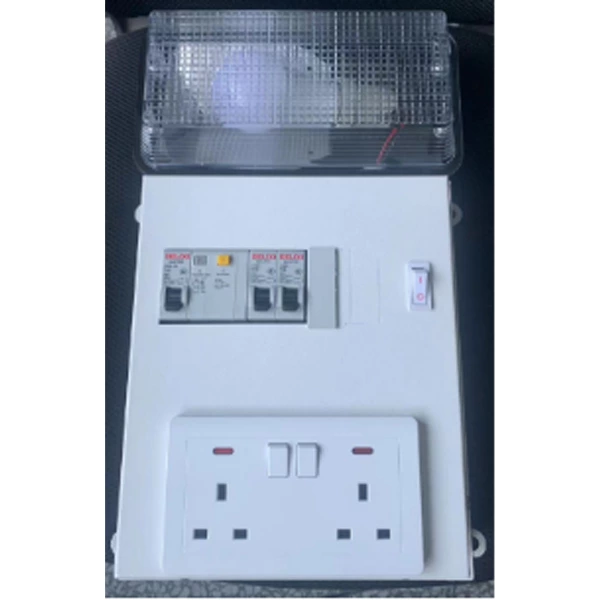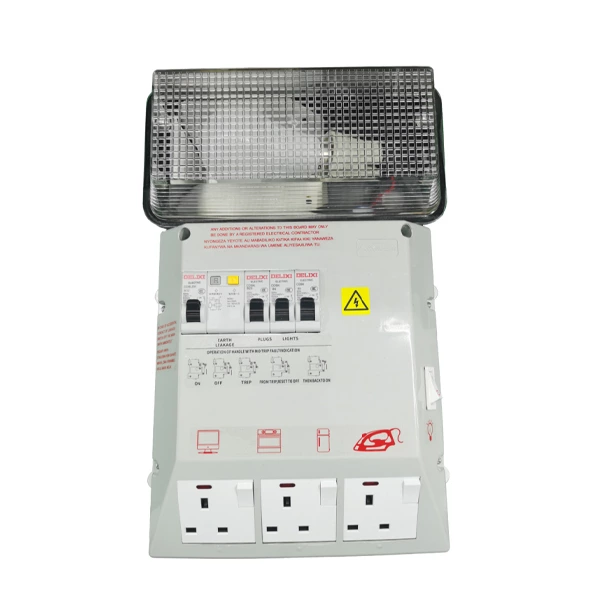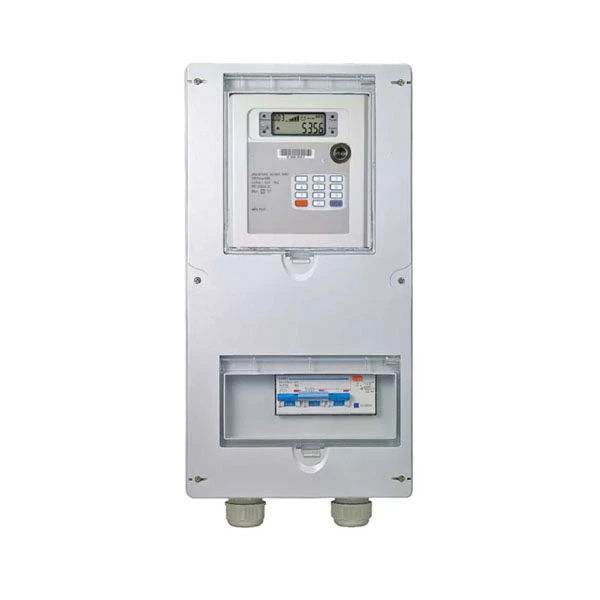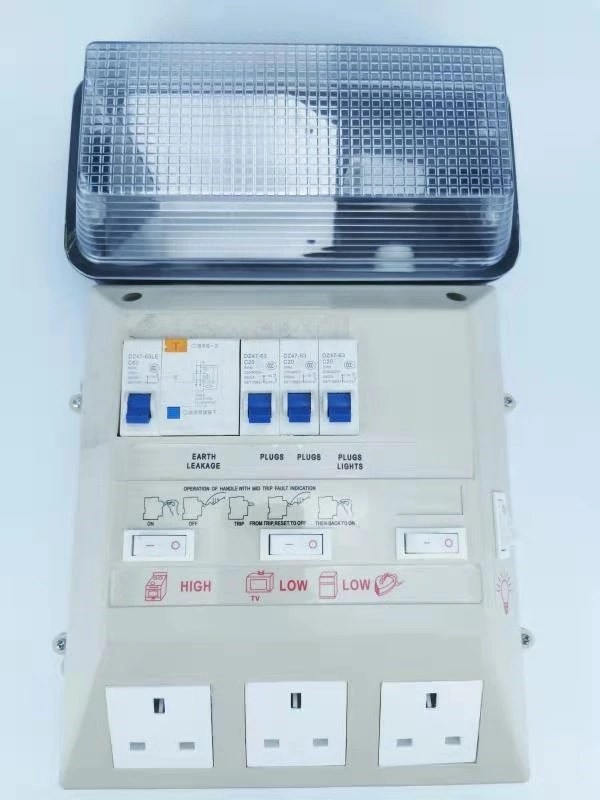Rural electrician training: practical skills for installation and maintenance of lighting electrical ready boards
The lighting electrical ready board is the core equipment of the rural power system, and its installation and maintenance are directly related to electrical safety and system stability. The following provides practical tips for rural electricians from three aspects: installation specifications, maintenance points, and fault handling.
1. Installation specifications: strictly adhere to standards and eliminate potential hazards
Box selection and fixation
Select an iron electrical ready board with a thickness of ≥2mm, and apply anti-rust treatment to the surface to ensure strength and corrosion resistance. When installed openly, use expansion bolts for fixation, with bolt length satisfying the requirements of burial depth (120-150mm) + box wall thickness + allowance (3-5mm); when installed concealed, the reserved hole should be 20mm larger than the length and width of the box, and the depth should be the thickness of the box plus the thickness of the plaster layer. The space between the box and the wall should be filled with cement mortar for fixation.
Wiring and identification
Strictly distinguish between live line (L), neutral line (N), and grounding wire (PE). When using a three-phase five-wire system, the neutral line busbar should be placed on the left side, and the grounding wire busbar on the right side. Insulated cold-pressed terminals should be used for wire connections to avoid exposed conductors. Circuit numbers should be clear, with identification including purpose and current level, to facilitate future maintenance.
Protection and grounding
The metal casing of the electrical ready board must be reliably grounded, with a grounding resistance of ≤4Ω; outdoor electrical ready boards should adopt a waterproof structure, with sealing strips added to the door seams to prevent rainwater from infiltrating.
II. Maintenance points: Regular inspection, prevention first
Appearance and Cleanliness
Check the box body monthly for rust and deformation, and ensure the door lock is intact; clean the dust inside the box quarterly, using a vacuum cleaner or a dry brush to remove accumulated dust and prevent a decline in insulation performance.
Electrical component testing
Use an infrared thermometer to monitor the temperature of the circuit breaker, and immediately investigate any abnormal temperature rise (>70°C); check the compatibility of the circuit breaker specifications every six months, and strictly prohibit the use of non-standard circuit breakers during replacement.
Wiring fastening and insulation testing
Every year, use a torque wrench to tighten the terminal blocks to ensure that the contact pressure meets the standard; use a megohmmeter to measure the insulation resistance, with the phase-to-phase and phase-to-ground resistance being ≥0.5MΩ, and it needs to be increased to 1MΩ in humid environments.
III. Fault Handling: Quick Location, Safe Operation
Trip fault
First, disconnect all subordinate branches, close the main circuit breaker, and then power on each branch in turn to locate the faulty circuit. Check whether the load is overloaded. If it trips due to leakage, a leakage tester is needed to test the insulation of the line.
Short-circuit fault
After disconnecting the power supply, use a multimeter set to measure resistance to segmentally inspect the circuit. The section with a resistance of 0Ω indicates the short circuit point. It is crucial to check whether the wiring terminals are loose and whether the wire insulation is damaged.
Emergency response principles
In case of an electrical fire, immediately cut off the power supply and use a dry powder fire extinguisher to extinguish the fire; in case of an electric shock accident, disconnect the power supply first, then use an insulating object to pry the wire away, and do not directly pull it with your hands.
IV. Practical case: Rural electrical ready board transformation
Due to long-term neglect, the electrical ready board in a certain village experienced frequent tripping issues. Upon inspection, it was found that:
The loosening of the wiring terminal leads to an increase in contact resistance, resulting in a local temperature rise of up to 95℃;
The neutral wire and ground wire are mixed, causing the leakage protector to malfunction;
The interior of the box is heavily dusty, and the insulation resistance is only 0.2MΩ.
Treatment measures:
Secure all wiring terminals and apply conductive paste to reduce contact resistance;
Reorganize the wiring and strictly distinguish between the neutral wire and the grounding wire;
Clean the dust inside the box and replace the aged wires.
After the renovation, the electrical electrical ready board operated stably, and no tripping faults occurred again.
Summary: Rural electricians need to grasp the core principles of "standardized installation, periodic maintenance, and streamlined fault handling". By conducting regular inspections, adhering to standardized operations, and responding swiftly, the safety and reliability of lighting electrical ready boards can be significantly enhanced, providing a solid guarantee for rural power supply.




